GMP Lot Release Testing for Kratom
Current Good Manufacturing Practices Lot Release Testing for kratom is the testing of product batches to make sure they meet quality standards before being sold. GMP Vendors ensure products are made and controlled to the right quality standards for their intended use.
Here’s a detailed overview of GMP Lot Release Testing:
- Objective: The main aim is to guarantee that each batch of a product, be it a pharmaceutical, supplement, or any other item manufactured under GMP guidelines, is safe, potent, and fulfills defined quality standards prior to its distribution.
2. Extent: The range of testing varies broadly based on the product:
- Identity: Confirming the product is what it’s supposed to be.
- Strength: Ensuring the active ingredients are present in the correct amount.
- Purity: Checking for contaminants like heavy metals, residual solvents, and microbial contamination.
- Disintegration and dissolution (for tablets/capsules): Making sure the product will release its active ingredients within the body in the expected manner.
- Stability: Ensuring that the product remains within its specifications for its shelf life.
3. Documentation: GMP emphasizes thorough documentation. You must document every test, every result, and every decision related to the release or rejection of a lot. This ensures traceability and accountability.
4. Equipment and Method Validation: Before release testing is even conducted, the equipment and methodologies used must be validated to prove they provide accurate, reliable, and consistent results.
5. Sampling: Proper sampling techniques are crucial. Samples must be representative of the entire lot to ensure accurate testing. GMP Audits provide directives on how to sample correctly.
6. Reference Standards: These are used to compare against the testing results. For many pharmaceuticals, official reference standards are available that have been characterized for identity, strength, and purity.
7. Testing Laboratory: Testing should be conducted in qualified labs that also adhere to GMP guidelines. This ensures the environment, equipment, and personnel are all suitable for the tests being conducted.
8. Final Release or Rejection: Once testing is complete, a designated and appropriately qualified individual (often a “Quality Assurance” or “QA” officer) reviews the results. If the lot meets all specifications and passes all tests, it can be released to the market. If not, it’s rejected and cannot be sold.
9. Recalls and Investigations: If issues are identified post-release (e.g., by consumer complaints or adverse event reports), the documentation and results from lot release testing play a crucial role in investigations and potential product recalls.
GMP Lot Release Testing is important in manufacturing. It checks if each product batch is safe and effective before it is sold to consumers. Different countries have their own guidelines for good manufacturing practices (GMP), but the main principles are the same worldwide.
What is herbal products release testing?
Herbal products undergo tests before being released to the market. These tests ensure that the products meet quality, safety, and effectiveness standards set by regulators or the company itself. The purpose of these tests is to ensure that the products meet the required standards.
The standards include quality, safety, and effectiveness. The regulators or the company itself sets these standards.
The aim is to ensure that the product is safe for consumption. Additionally, it should contain the ingredients that are stated. Furthermore, it should not contain any harmful or unwanted substances.
Here’s 8 procedures that herbal products might undergo as part of release testing:
1. Identity Testing: This ensures that the herbs used in the product are correctly identified. This is critical because using the wrong plant can lead to ineffective or even harmful products. Techniques such as microscopy, DNA barcoding, and thin-layer chromatography (TLC) might be used.
2. Purity Testing: This checks for contaminants, including:
- Heavy Metals: Herbal products can sometimes be contaminated with heavy metals like lead, arsenic, mercury, and cadmium, which are harmful when ingested.
- Microbial Contamination: Testing ensures the product doesn’t contain harmful levels of bacteria, molds, or yeasts.
- Residual Solvents: If solvents were used in the extraction or manufacturing process, it’s crucial to ensure they’ve been removed to safe levels.
- Pesticides: Checks for the presence of pesticide residues.
3. Potency Testing: This ensures that the active components or markers of the herbal product are present at the desired or claimed levels.
4. Stability Testing: Assesses how the quality of the product varies with time under the influence of environmental factors such as temperature, humidity, and light. This helps in determining the shelf life and storage conditions of the product.
5. Uniformity & Consistency: This ensures that the product is consistent from batch to batch in terms of its composition, strength, and other characteristics.
6. Physical Tests: These might include tests for appearance, color, odor, taste, moisture content, and disintegration (for tablets or capsules).
7. Safety Testing: While safety testing often begins before a product reaches the release testing stage (for example, during initial product development or clinical trials), some safety tests, like acute toxicity tests, might be part of release testing.
8. Performance Testing (for some products): For products like herbal creams or ointments, tests might be conducted to check properties such as spreadability, pH, and viscosity.
The tests needed can change depending on the area or country, as various regulatory agencies have their own rules and standards. The FDA and EMA have different requirements for drugs, as do other national drug regulatory bodies.
Herbal product makers must prioritize following these tests to ensure their products are safe and trustworthy. Manufacturers can make sure their herbal products are safe and clean by using strict quality control measures. This protects consumers’ health and well-being and builds trust and reliability in the brand.
When consumers know that we have tested and controlled herbal products for quality, it makes them feel confident. They can have peace of mind knowing that the products they are using are reliable, effective, and safe for consumption. This knowledge helps people make smart choices about their health. They can trust that the herbal products they pick meet high quality standards.
Moreover, adhering to these tests also helps manufacturers identify any potential issues or flaws in their products. Manufacturers test products to find and fix any problems or mistakes that happened during production. This approach keeps consumers safe and helps manufacturers protect their brand and reputation.
In addition, adhering to these tests also plays a crucial role in regulatory compliance. Many countries have strict regulations and guidelines in place for the manufacturing and distribution of herbal products. By complying with these tests, manufacturers can demonstrate their commitment to meeting these regulatory requirements. This not only helps them avoid legal issues and penalties but also reinforces their dedication to producing high-quality herbal products.
Following these tests is crucial for manufacturers to guarantee the safety, reliability, and trustworthiness of their herbal products. Manufacturers ensure high-quality herbal products by using strict quality control procedures, giving consumers confidence in the products they consume. This helps consumers stay healthy and improves the reputation of herbal product manufacturers.

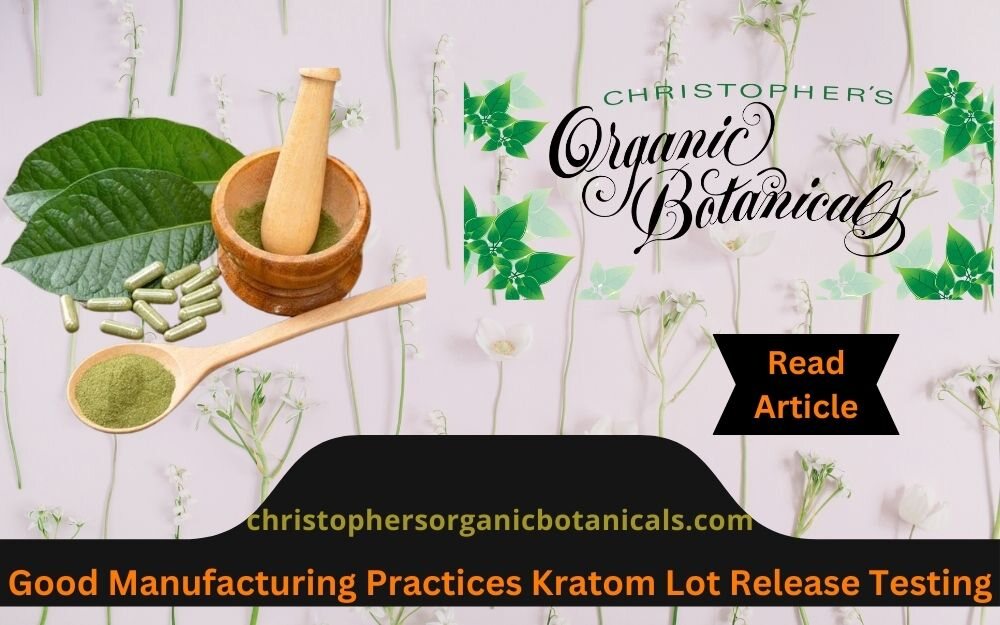
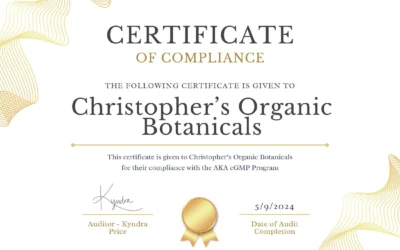
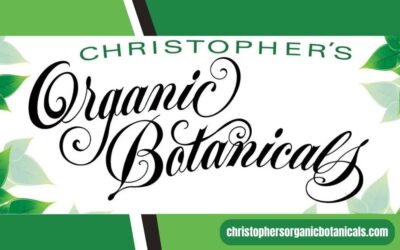
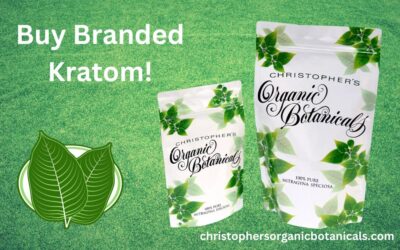
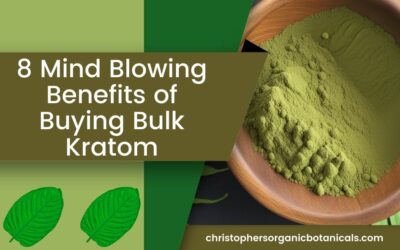
I am proud to say you are my vendor. Not only responsible with your products, but to society too. Helping to get #JusticeforMarshallPrice and to #FreeShainaBrown.
Thank you!
You’re very welcome. We promise to do the best for kratom and always do things the right way for the kratom community!#kratom #advocacy